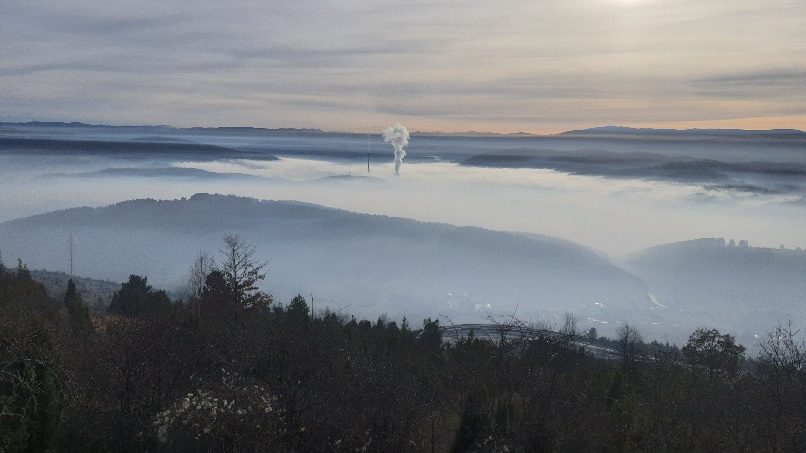
The Few Countries with Clean Air
The nations that achieved safe PM2.5 levels (≤5 µg/m³) include Australia, Estonia, Finland, Grenada, Iceland, Mauritius, and New Zealand. Territories like Puerto Rico, Bermuda, and French Polynesia also met the guidelines.
In Europe, Iceland had the cleanest air, with an average PM2.5 level of 4 µg/m³, followed by Estonia (4.7 µg/m³) and Finland (4.9 µg/m³). Many other European countries improved their air quality, with 54% classified as "green" (close to safe) in 2023, up from 39% in 2022.
Global Air Pollution Hotspots
While some countries are improving, others face a severe air pollution crisis. The most polluted nations are concentrated in South and Central Asia, where Bangladesh leads with a PM2.5 level of 79.9 µg/m³—16 times higher than WHO's safe standard. Pakistan and India follow, with levels 14 and 10 times above the limit, respectively.
India also houses the world's four most polluted cities, with Begusarai in the northeast topping the list. Meanwhile, Tajikistan and Burkina Faso round out the top five most polluted countries.
For the first time, Canada became the most polluted country in North America, primarily due to devastating wildfires that contributed to severe PM2.5 levels in 13 of its cities.
Air Quality in Europe: A Mixed Picture
European nations span several pollution categories:
- Green (close to safe levels): Includes countries like Sweden, Norway, Ireland, and the UK.
- Yellow (moderately polluted): Includes Lithuania, Hungary, and Malta, with levels up to three times the safe standard.
- Orange (high pollution): Includes Greece, Turkey, Romania, and Serbia, with levels up to five times the standard.
Croatia made the most significant progress in Europe, reducing its PM2.5 levels by 40% through investments in renewable energy, which now accounts for 31% of its energy mix. The country has also committed to phasing out coal by 2033 and curbing methane emissions by 30% by 2030.
However, Bosnia and Herzegovina remains Europe's most polluted country, followed by North Macedonia, both of which fall in the red category with pollution levels more than five times the safe limit. In Turkey, the city of Iğdır recorded PM2.5 levels nine times above the standard, making it Europe's most polluted city.
Health Impacts of Air Pollution
PM2.5, or fine particulate matter, poses significant health risks. These particles, smaller than 2.5 microns in diameter, penetrate deep into the lungs and bloodstream, causing respiratory and cardiovascular diseases, high blood pressure, and even mental health issues like anxiety and depression. Long-term exposure can lead to premature death.
Data Gaps and Inequality in Monitoring
A lack of data remains a significant challenge, especially in Africa, where over a third of the population has no access to air quality monitoring. This gap prevents many countries from addressing air pollution effectively.
Frank Hammes, CEO of IQAir, stresses that "clean air is a universal human right" and calls for investments in air quality monitoring. "Where air quality is reported, action is taken, and air quality improves," he notes.
A Call for Global Action
The findings underscore the urgent need to address air pollution globally. Greenpeace's senior air quality scientist Aidan Farrow described air pollution as a "global health catastrophe" and urged nations to reduce dependence on combustion-based energy sources.
Efforts to manage transboundary haze, improve air quality monitoring, and transition to renewable energy are essential steps. As Hammes concludes, "Air quality data saves lives."
This report serves as a critical reminder of the disparity in air quality worldwide and the pressing need for stronger policies to ensure clean air for all.